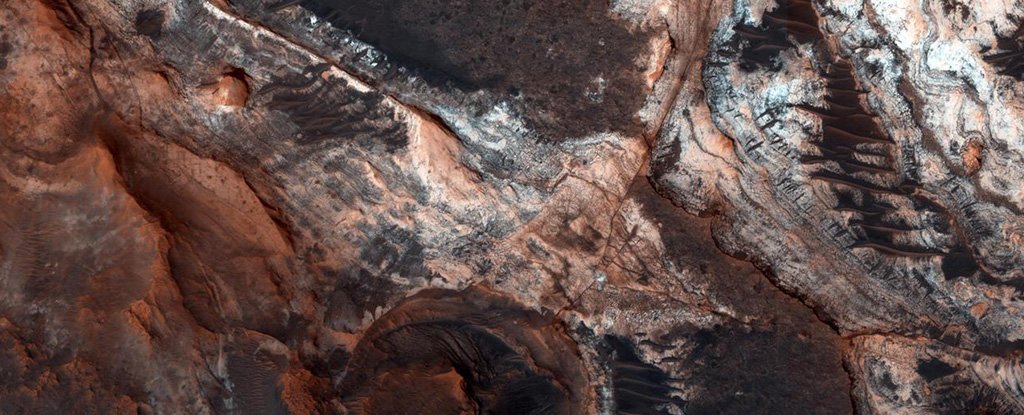The study in Nature Geoscience, which comes amid a flurry of new Mars missions trying to discover if the now-barren planet ever hosted life, casts doubt on a dominant theory that the planet once had a warm, wet climate with abundant liquid water that sculpted the landscape.

Researchers from Canada and the United States examined more than 10,000 Martian valleys and compared them to channels on Earth that were carved under glaciers.
Early Mars may not have been quite the warm, wet paradise scientists have hoped for — not if the valleys scarring its surface work the same way as their counterparts here on Earth do.
“If you look at Earth from a satellite, you see a lot of valleys: some of them made by rivers, some made by glaciers, some made by other processes, and each type has a distinctive shape,” Anna Grau Galofre, lead author of the new research and a geophysicist at Arizona State University, said in a statement released by the University of British Columbia, where she did the research. “Mars is similar, in that valleys look very different from each other, suggesting that many processes were at play to carve them.”

Grau Galofre and her colleagues started with detailed maps produced by the Mars Orbiter Laser Altimeter, which flew on NASA’s Mars Global Surveyor spacecraft and studied the Red Planet between 1997 and 2001. The scientists developed a program that incorporated six different characteristics about each of more than 10,000 valley segments, then compared each cluster with attributes based on four different formation scenarios.
According to that analysis, 22 of the 66 networks evaluated the best match the patterns formed by meltwater running under a glacier, the researchers concluded. Another nine best match patterns formed by glaciers themselves, whereas 14 best match patterns formed by rivers. Most of the rest weren’t distinct enough matches for a specific formation scenario.
The research comes after NASA launched its latest Mars rover, Perseverance, to look for signs of ancient microbial life on the Red Planet.
If all goes to plan, Perseverance will reach Mars on 18 February 2021 and collect rock samples that could provide invaluable clues about whether there was ever past life on Mars.
However, retrieval and analysis is not expected before the 2030s.

